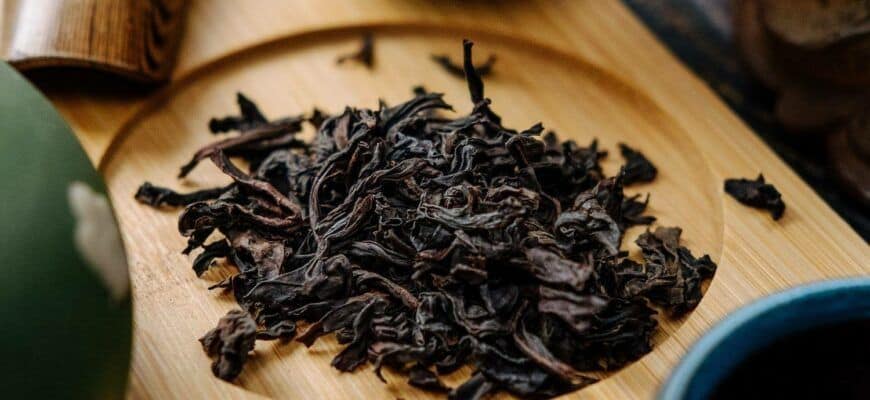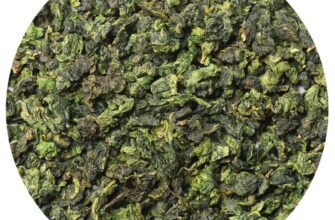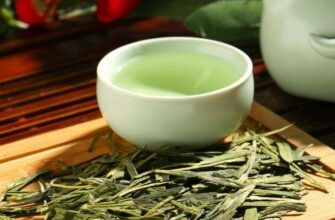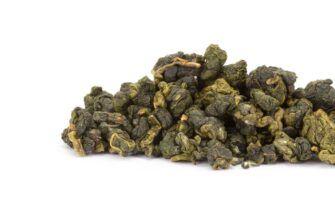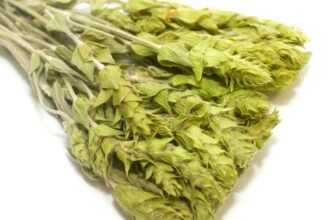Da Hong Pao is Wuyu Oolong tea with celebrity status. You can always find this tea in the list of the 10 most famous Chinese teas. This tea is grown on the Zhiu Long Ki cliff of Wuyu Mountain, where there is still an inscription "Da Hong Pao" made by a Buddhist monk from Tianxin Temple in 1927. The natural conditions, which are characterized by a short day, the light reflected from the rock, the difference in air temperature and spring waters, are the reason for the incomparable taste of this tea.
There are six original Da Hong Pao tea trees that are alive to this day and still produce small leaves. During the growing season, the reddish buds are very sensitive to sunlight that reflects off the rock.
In 1980, small cuttings taken from the original trees, referred to as "mother trees", were used in an attempt to establish cultivation, but this attempt ended in failure by 1989. Since then, the active and successful cultivation of this tea has produced more than 40,000 trees. Despite the same botanical features, differences in soil and climate are the result of huge differences between the different varieties of Da Hong Pao.
Da Hong Pao tea plants, due to their antiquity and rarity, have been recorded as the National and Cultural World Heritage of Mount Wuyu. The traditional production technology of Da Hong Pao has been inscribed as the first line in the National Cultural Heritage List of China. And now she is also a candidate for the list of world cultural heritage from China.
The Legend of Da Hong Pao
As the best tea of the Ming and Qing Dynasties, Da Hong Pao has over 350 years of history. The legend says that the Emperor of the Ming Dynasty was cured of an illness with the help of this tea. Later, he sent red robes to cover the then 8 more Da Hong Pao tea trees. The six original trees, preserved from that time, are now treasured.
Less than one kilogram of tea is harvested from these plants every year, and a small portion belongs to the state of China. The rest is put up for auction, but the price reaches a million dollars per kilogram.
Read more: